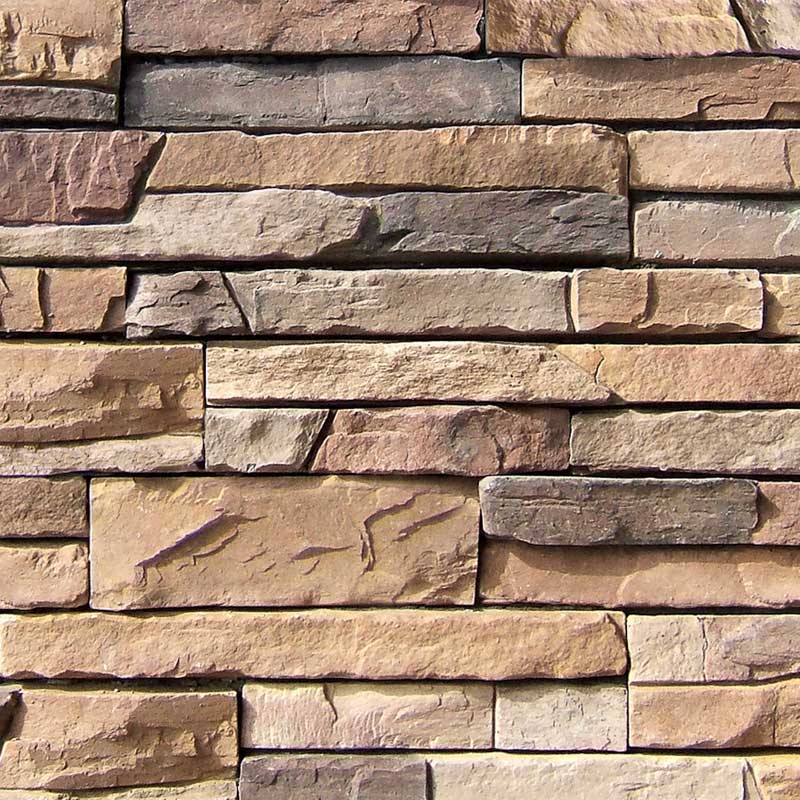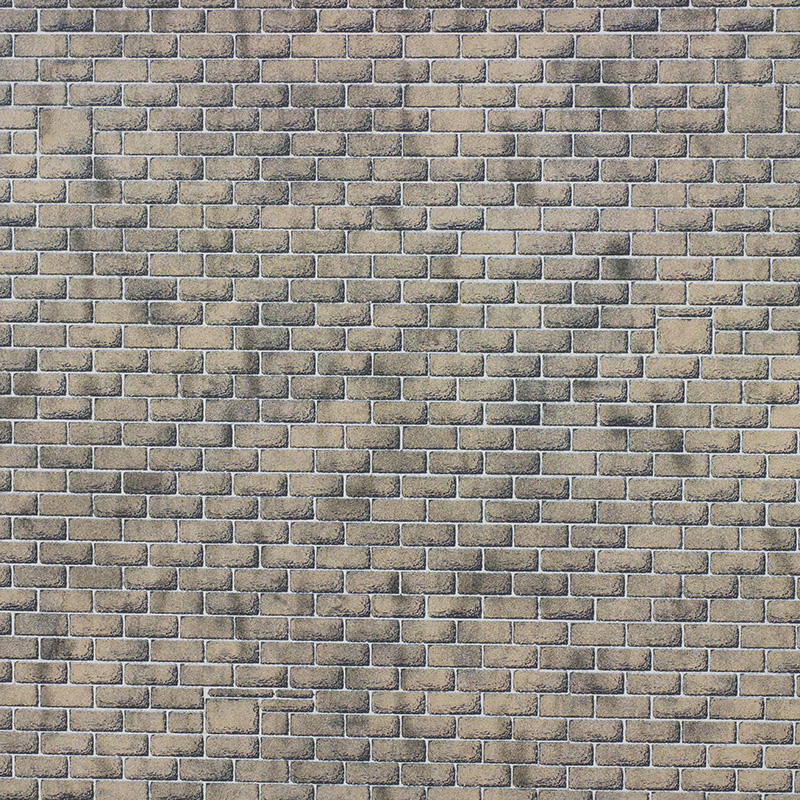Procedures for Plaster And Limestone

Concrete-- a mix of cement, sand, gravel, and water-- is the foundation for everything from decorative patio areas and floorings to big dams or miles of streets. The following are examples of kinds of masons: https://www.stonefoundation.org/ Brickmasons and blockmasons-- typically called bricklayers-- develop and repair walls, floors, partitions, fireplaces, chimneys, and other structures with brick, terra-cotta, precast masonry panels, concrete block, and other masonry products.
Refractory masons are brickmasons who concentrate on installing firebrick, gunite, castables, and refractory tile in high-temperature boilers, furnaces, cupolas, ladles, and soaking pits in commercial establishments. Cement masons and concrete finishers location and surface concrete. They may color concrete surface areas, expose aggregate (little stones) in walls and pathways, or make concrete beams, columns, and panels.
They utilize their knowledge of the attributes of concrete to identify what is taking place to it and take measures to avoid defects. Some small tasks, such as building pathways, may require the usage of a supportive wire mesh called lath. On larger tasks, such as constructing structure structures, reinforcing iron and rebar employees set up the enhancing mesh.
Procedures for Stone Retaining Wall
They deal with 2 types of stone: natural-cut stone, such as marble, granite, and limestone; and synthetic stone, made from concrete, marble chips, or other masonry materials. Utilizing an unique hammer or a diamond-blade saw, employees cut stone to make different shapes and sizes. Some stonemasons specialize in setting marble, which resembles setting large pieces of stone.
Much of the initial work of putting, leveling, and finishing concrete for terrazzo resembles that of cement masons. Epoxy terrazzo requires less base preparation and is substantially thinner when completed. Terrazzo workers produce decorative finishes by blending great marble chips into the epoxy, resin, or cement, which is typically colored.
A stonemason doesn't go at it hammer and tongs (or should that be hammer and chisel?), smashing away at little bits of rock. Stonemasonry is really a pretty proficient occupation and it's been around for countless years. Stonemasonry is all about the preservation, reparation and remediation of stone buildings, statues and bridges, in addition to the building of brand-new stone structures.
Our Best Strategy for Mortar For Stonework
Operate in this location can be truly differed: a stonemason might spend days fastidiously sculpting lovely carvings, or they might fire up the modern-day power tools to prepare and cut blocks of stone for the cladding of modern-day buildings. Don't be tricked into thinking that stonemasonry is all dinky chiselling: contemporary stonemason workshops are loud, loud and dusty.
It's not a task for those who like their animal comforts, as it typically includes outdoor work in all weather conditions and heavy lifting. There are two kinds of stonemason: a lender mason and a fixer mason. Banker masons are mainly workshop-based, using a mixture of tools to skilfully shape stones from new designs or duplicate and replace an existing stone.
Fixer masons operate in the outdoors and do the actually setting up, putting the stones that have actually been formed by the banking procedure into location. They are dab hands at utilizing standard lime mortars and have an expert understanding of expert repairings. More frequently than not, a stonemason will be expected to perform both banker and fixer functions, especially if they are working for a small company.
Our Process for Granite Countertops
With more experience, masons can anticipate to get over ₤ 20,000 a year, whilst those at the top of their video game might make over ₤ 30,000 a year. Stonemasonry is a mixture of the imaginative and useful. An artistic flair is required for the decorative part of the work, whilst general stonemasons require to be Click here for more really co-ordinated and great with their hands.
Much of the work is on heritage buildings, so an interest in historical structures is constantly a benefit. A head for heights is required to work as a fixer, as is a good level of physical conditioning and the ability to work well in a group. Stonemasonry is something that is pretty much discovered on the job.
For those aged 16-24, there might be funded stonemasonry apprenticeship locations readily available. Experienced stonemasons can go on to take up supervisory or construction management functions. Whilst much of these people are used by specialist companies, some are self-employed and subcontract their services to construction companies.
Primary Principals of Granite Countertops
How to become What it takes Profession course and progression Present chances You can enter into this job through: a college course an apprenticeship working towards this function You might take a college course, which would teach you some of the skills required to get a student task with a building business.
This will generally take 30 months to complete. You'll do on-the-job training and hang around with a college or training provider. You'll generally require: 5 GCSEs at grades 9 to 4 (A * to C) or equivalent, including English and mathematics, for an innovative apprenticeship You could start as a construction labourer and take further training with your employer to get a credentials in stonemasonry.
You'll require: knowledge of mathematics understanding of structure and building ambition and a desire to prosper the ability to utilize your effort perseverance and determination leadership abilities to be extensive and take note of information the capability to work well with others to be able to carry out basic jobs on a computer system or hand-held gadget You'll be working with materials like sandstone, limestone, slate, marble and granite.
Our Guide for Travertine Tiling

Your working environment may be at height, outdoors some of the time, dirty, noisy and physically demanding. You may need to use security clothing and usage safety equipment. With experience, you could advance to supervisory tasks like site supervisor or clerk of works. You might also move into a related area, like estimating and building management.





